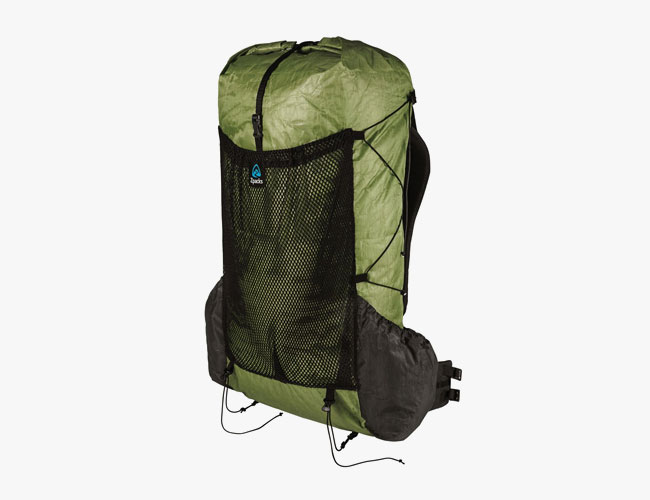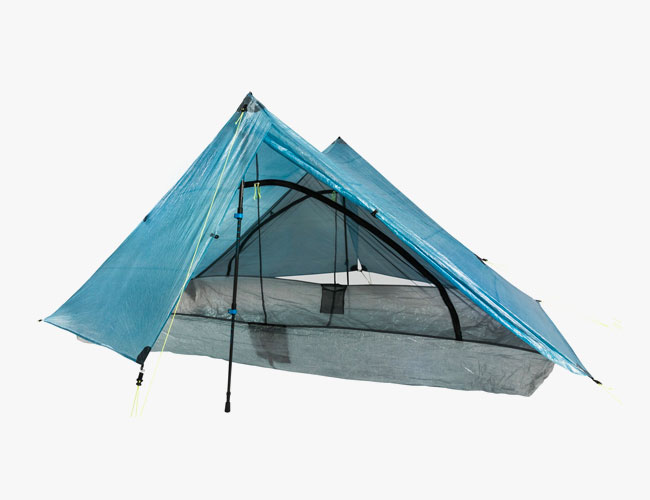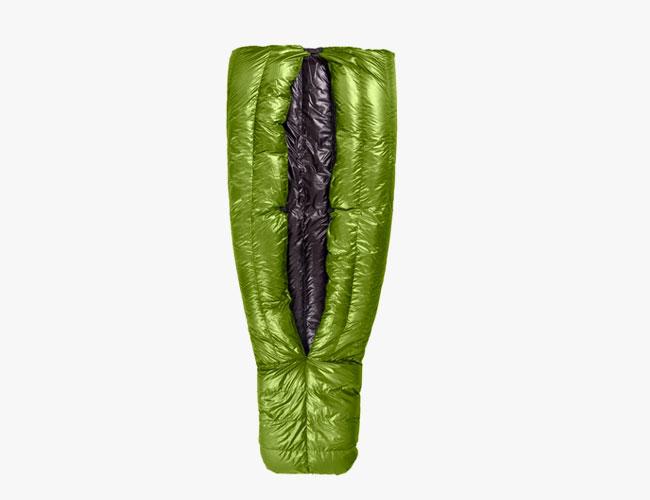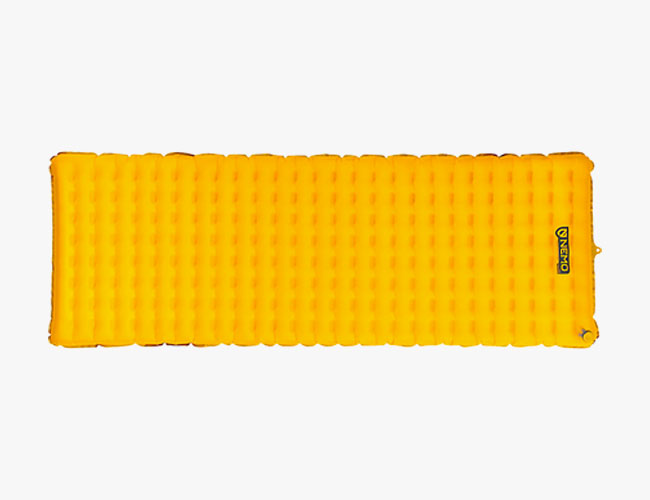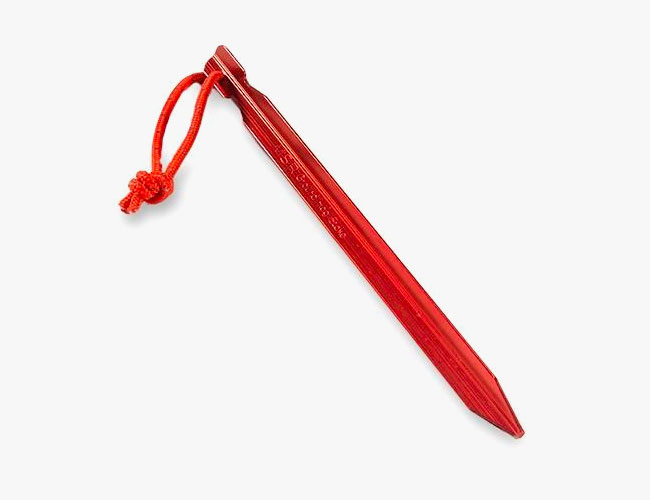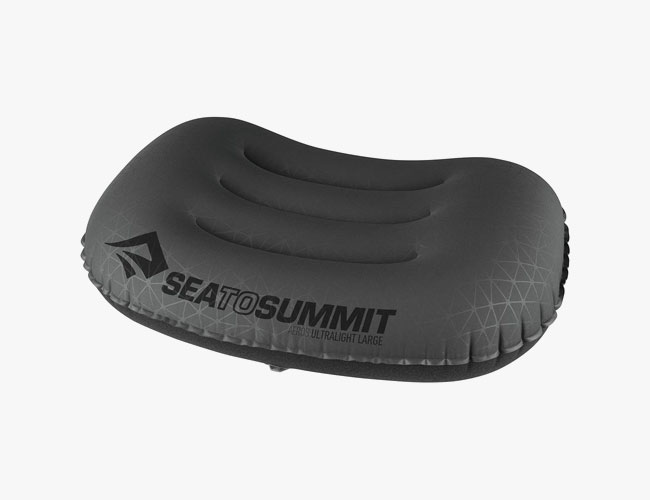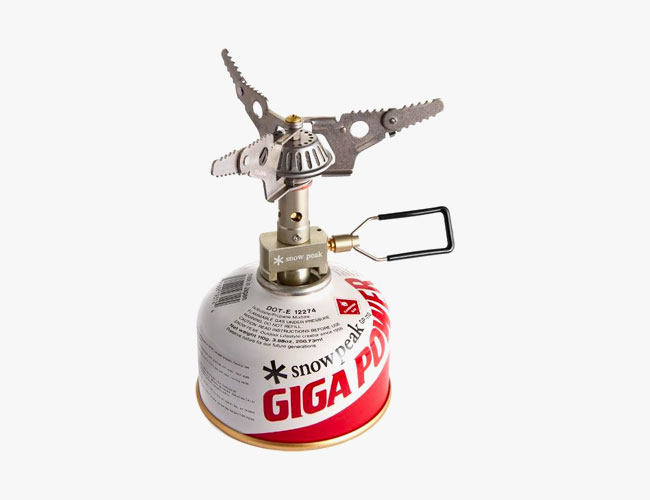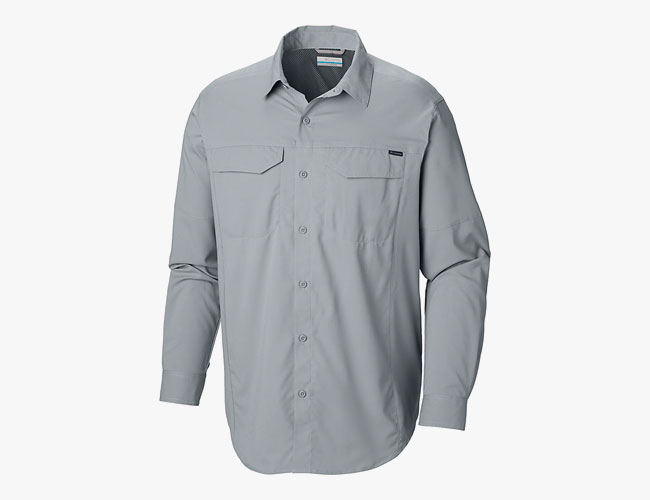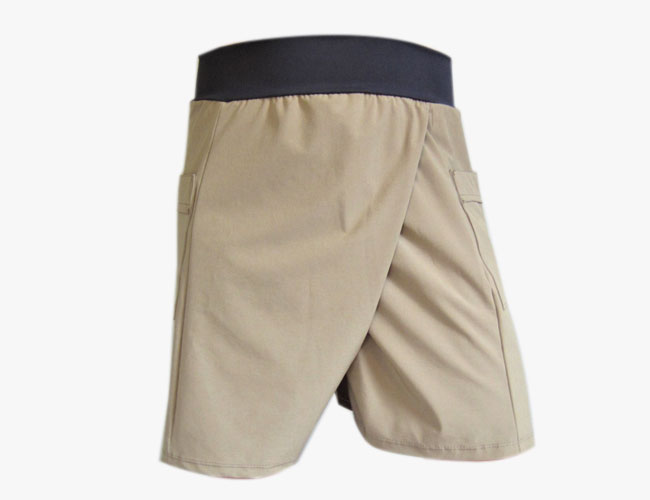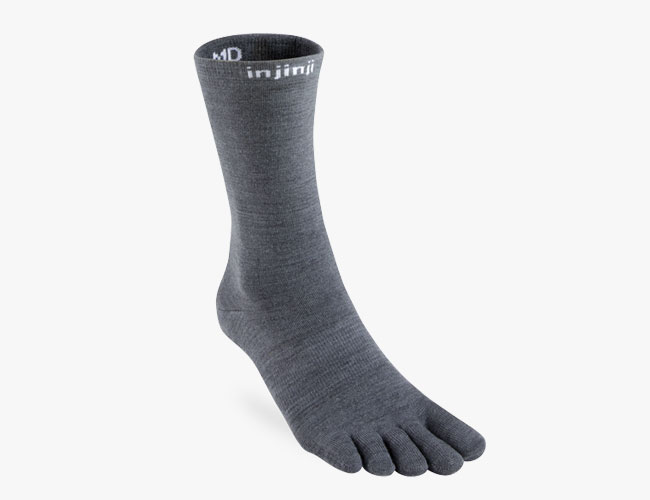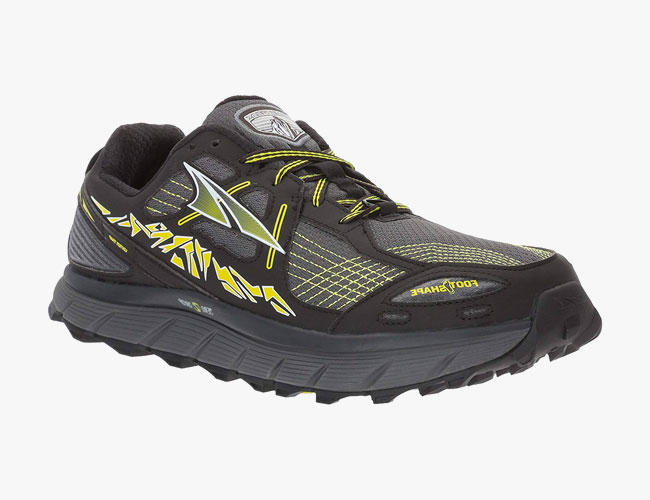The Pacific Crest Trail stretches 2,653 miles, through 25 national forests and seven national parks, from the tip of Washington to the base of California. It’s one long trip, giving hikers plenty of time to contemplate life while challenging their bodies and minds. And getting outside can do a lot for your physical and mental health, as Iraq War vet Brandon Kuehn can attest. After serving in the Army, Kuehn struggled with alcohol and pill issues before turning to the great outdoors to help him heal.
“A buddy of mine introduced me to trail running, which I really enjoyed, and then I started hiking,” Kuehn says. “The longer I hiked, the less issues I had for a longer duration afterward.” Applying logic to that principle, Kuehn decided to hike the PCT in hopes that a super-long expedition might help with his issues for an extended amount of time.
About a month before he left on the trip, REI and Spruce Tone Films got involved in documenting the journey. Out of that process came the short film Constant Thought, which showcases Kuehn’s real-time feelings as he undertakes the hike — and everything that happens along the way. While Kuehn stepped off the trail at 160 miles, the gear he used has logged many more miles of testing. Post-PCT attempt, Kuehn guides trips of varying lengths for veterans — sharing the glorious wilderness with wounded warriors.
We spoke with Kuehn about the gear items he chose for that journey — and relies on to this day.
[embedded content]Backpack: Zpack Arc Blast
Kuehn started his journey with an Osprey Exos, but after running into a fellow hiker on Mt. Hood with a Zpacks Arc Haul, he changed his tune. “He emptied [the pack] and threw it at me, and it weighed nothing, yet he still had 40-pounds in it,” Kuehn recalls .”So, that’s when I ordered the Arc Blast.” Kuehn still uses a 55-liter, roll-top Arc Blast (a slightly smaller pack in the Arc family) as his mainstay today.
Tent: Zpacks Duplex Tent
The Duplex tent was Kuehn’s first ultralight camping splurge. The Dyneema material helps it weigh in at just 19.4 ounces. “I’m 6’3″ and about 240 [pounds] at the time, I’m a pretty big guy, and the tent fits me pretty well,” Kuehn says. For this tent, you don’t even need poles — you can swap in trekking poles to cut weight on thru-hikes.
Sleeping Bag: Zpacks 5F Solo Quilt
One of Kuehn’s mainstays, when he began hiking for fun, was the REI Co-op Flash sleeping bag, a sturdy and durable classic. After heavy use, Kuehn decided to upgrade to the Zpacks 5F Solo Quilt. The minimalist product works as both a quilt and a sleeping bag, and with 900 fill power premium goose down, it’s a super soft bed for the outdoors.
Sleeping Pad: Nemo Tenser
“I started with the [Therm-a-Rest] Z Light sleeping pad, the closed cell foam one, and it wasn’t so bad in the northwest, and on nice cushioned trails,” Kuehn observes. “But [once I] started doing more desert camping, I realized I need more cushion.” Kuehn switched to the Nemo Tenser, which helped alleviate pain along his injured spine. He’s a side sleeper, so the thick 20D PU polyester fabric was friendly when the ground was rough.
Stakes: MSR
In the Pacific Northwest, the ground is super rocky, making it difficult to plant stakes for a tent. “MSR [Ground Hog stakes] were the only ones with a triangle design that would hold in the dusty, dirty ground,” Kuehn says. The three-prong construction is functional in a variety of terrains, plus the aluminum is durable and virtually bomb-proof.
Pillow: Sea to Summit Ultralight
This ultralight pillow with a TPU laminate is easy to carry and clean on long thru-hikes, plus it gives your head a more comfortable place to rest compared to, say, a rolled-up fleece. Kuehn says he has probably tested a dozen different pillows, all of which have popped or deflated on him. This one that he’s had for five years is always in his pack.
Cookware: Snow Peak Cooking Stove, Cup and Pot
While Snow Peak gear is expensive, Kuehn went with the titanium pot, cup and stove after working at REI and realizing how easily he could tell how hot the water was just by looking at it. “The titanium changes colors and Snow Peak’s are super accurate,” he faves. You can throw everything straight into the fire to cook, pull it out, then let the handles cool, all without burning yourself. Snow Peak’s reputation for durability and the quality materials also helped Kuehn decide to invest in this gear.
|
Hiking Shirt: Columbia Silver Ridge Lite
This tee comes in a long sleeve, but you can roll up the sleeves, so it’s a bit more breathable during the hike. “It’s lightweight, dries fast and doesn’t seem to hold stink and sweat as much [as other shirts I’ve tested],” Kuehn says. He currently has three shirts that he rotates through for hikes, but this one is his go-to.
Hiking Bottoms: Purple Rain Skirts Kilt
When Kuehn stumbled across a post by a fellow hiker, Dan Haley, on why wearing a kilt on the PCT and AT is fantastic, he decided to give it a go. “I was going to wear shorts anyways, but [the kilt] was a bit lighter and breezy, plus it had fewer funk issues,” he explains. This particular one is a lightweight polyblend with snaps that transform it into shorts or a closed skirt, so you don’t flash anyone on the trail.
Hiking Socks: Injinji Liner Crew NuWool
“I like having separate compartments for each toe,” Kuehn says. “I tend to blister if not.” He switched to these socks five years ago and now uses them for hiking, running and everyday activities.
Hiking Boots/Hiking Shoes: Altra Lone Peak 3.5
“I have a duckbill foot, so really wide front foot, and in these, I feel way more comfortable,” Kuehn says. “My toes don’t rub on the sides.” Kuehn has no issues with Altra’s trademark zero drop, but be prepared to adjust to it, since most boots and sneakers have a bit of cushion difference between the toe and heel.

